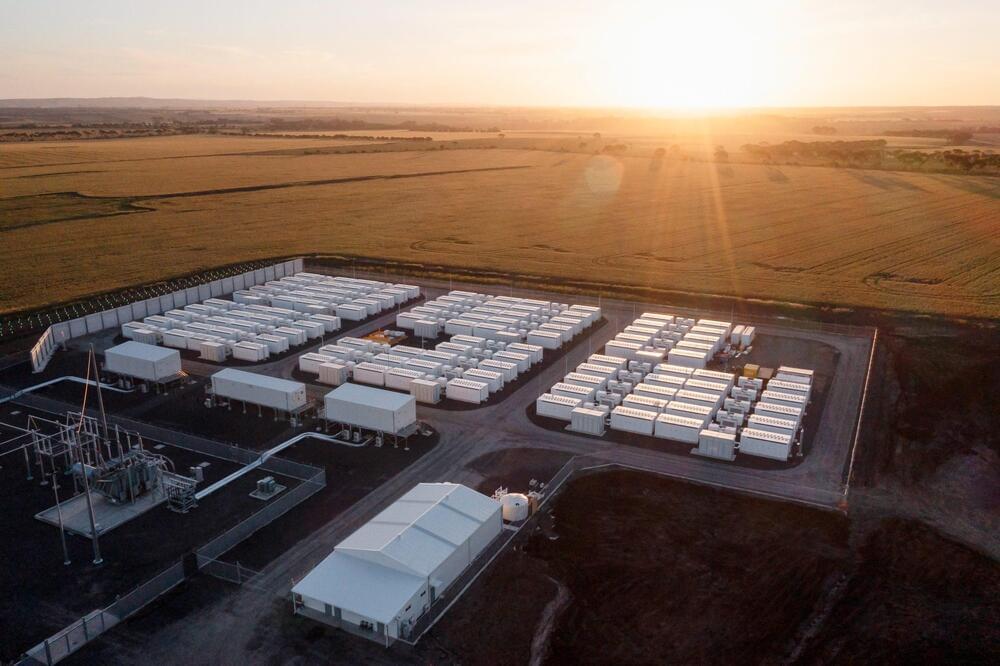Dec 28, 2024
The Segway Apex H2 Is A Hydrogen Sports Bike That’ll Cost Only £8k
Posted by Omuterema Akhahenda in categories: energy, transportation
Although this might look like a sci-fi film prop, the Segway Apex H2 is nothing of the sort. It’s a prototype version of the render-only H2 concept first shown earlier this year, and it’s now been given a remarkably affordable price tag — 69,999 Chinese Yuan, which is about £8,000. So, it’s a little less than the recently launched Yamaha R7.
The H2 isn’t powered by anything as ordinary as a parallel twin combustion engine, however. It has two power sources — a hydrogen fuel cell and a battery pack. Technical details are still thin on the ground, but we do at least know it produces 60kW (just under 80bhp) and will crack 62mph in around four seconds, topping out at 93mph. It’ll consume a gram of hydrogen for every kilometre it covers.
Segway has revealed the prototype version of its Apex H2, and it appears to have changed little from the concept.
Continue reading “The Segway Apex H2 Is A Hydrogen Sports Bike That’ll Cost Only £8k” »

















